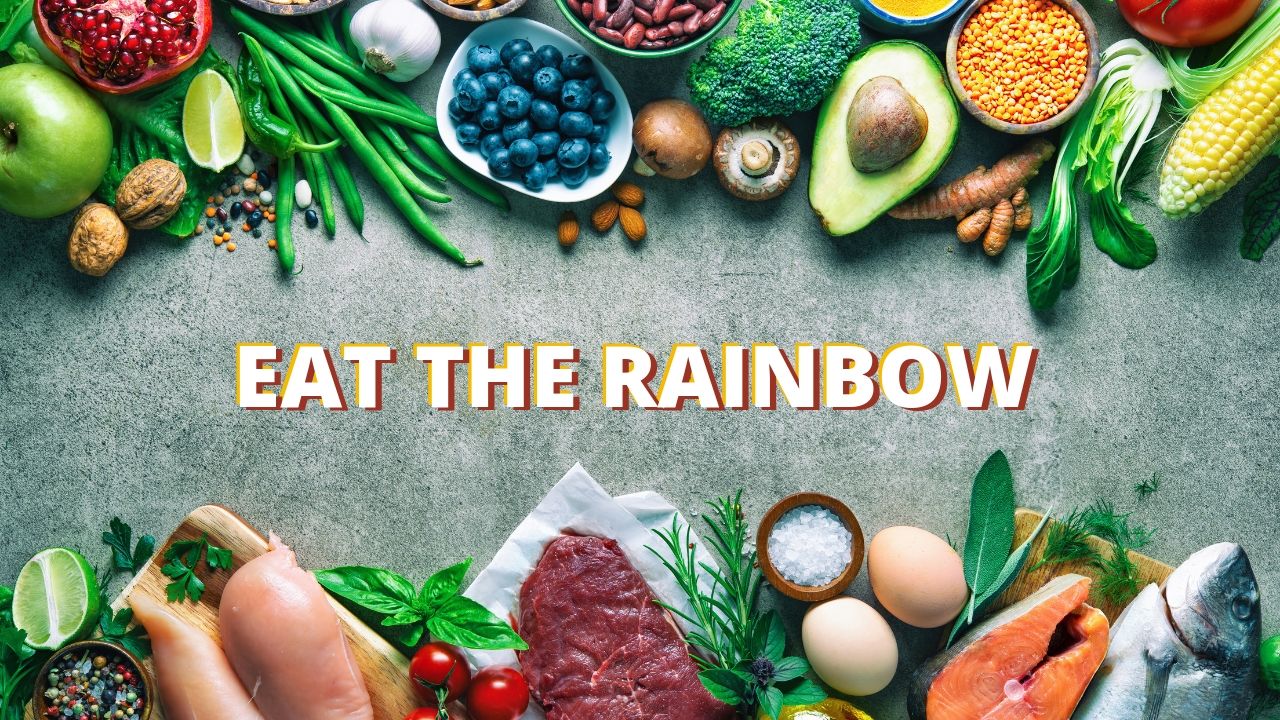What's Rainbow Diet
Image Manna Food Center
"Experience the Pot of Nutritional Gold: Why Eating a Rainbow Diet is a Game Changer for Your Health!"
As a human, I've always been fascinated by the concept of "eating a rainbow." It's a phrase that refers to the idea of incorporating a variety of colorful fruits and vegetables into your diet, in order to ensure that you're getting a wide range of nutrients and health benefits. The more colors you have on your plate, the better!
At first, I was a bit skeptical about this concept. I mean, I've always been told to eat my vegetables, but does it really matter what color they are? But as I started to learn more about the benefits of a rainbow diet, I became convinced that it's an important aspect of a healthy lifestyle.
So, what exactly is a rainbow diet? Essentially, it's all about eating a variety of fruits and vegetables from each color group. Here's a quick breakdown:
1. Red: Tomatoes, strawberries, raspberries, red peppers, beets, cherries, watermelon, pomegranate
2. Orange/Yellow: Carrots, sweet potatoes, oranges, mangoes, pineapple, papaya, apricots, butternut squash, yellow peppers
3. Green: Spinach, kale, broccoli, peas, green beans, avocados, kiwi, asparagus, cucumbers
4. Blue/Purple: Blueberries, blackberries, purple grapes, eggplant, plums, figs, purple cabbage
5. White/Tan: Cauliflower, onions, garlic, mushrooms, potatoes, parsnips, turnips
Each of these color groups contains different nutrients and health benefits. For example, red fruits and vegetables are often high in lycopene, which is important for heart health, while orange/yellow fruits and vegetables are high in vitamin C, which is important for immune function. Green vegetables are packed with vitamins and minerals, and blue/purple fruits and vegetables are high in antioxidants, which can help protect your cells from damage. And even white/tan fruits and vegetables have their benefits - for example, garlic is great for lowering cholesterol, while mushrooms are a good source of vitamin D.
Image Healthline
By incorporating a variety of colorful fruits and vegetables into your diet, you can ensure that you're getting a wide range of nutrients and health benefits. It's not just about eating a lot of fruits and vegetables - it's about eating a variety of different types.
Of course, it can be tough to incorporate all of these colors into your diet, especially if you're not used to eating a lot of fruits and vegetables. Here are a few tips to help you get started:
1. Start small: Don't try to overhaul your diet all at once. Instead, try incorporating one new fruit or vegetable into your diet each week.
2. Get creative: There are lots of ways to make fruits and vegetables more interesting. Try roasting them with herbs and spices, or blending them into smoothies.
3. Shop the rainbow: When you're at the grocery store, try to pick out a variety of colorful fruits and vegetables. You'll be more likely to eat them if they look appealing!
4. Plan ahead: If you're short on time, it can be tough to incorporate fruits and vegetables into your meals. Try meal prepping on the weekends to make it easier to get your daily dose of colorful produce.
5. Don't forget about frozen: Frozen fruits and vegetables can be just as nutritious as fresh ones, and they're often more convenient.
Image Mint
In conclusion, eating a rainbow diet is an important aspect of a healthy lifestyle. By incorporating a variety of colorful fruits and vegetables into your diet, you can ensure that you're getting a wide range of nutrients and health benefits. So next time you're at the grocery store, think about the colors of the rainbow and try to incorporate a variety of different types into your diet



